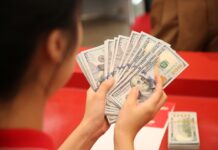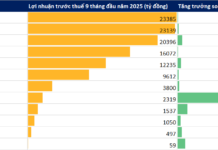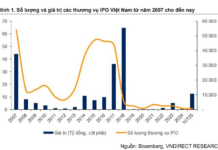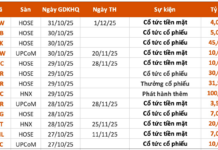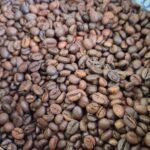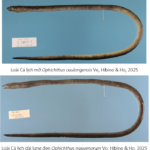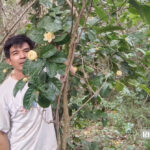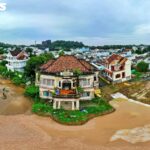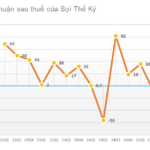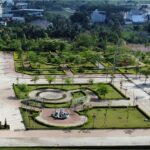Dalbergia tonkinensis, commonly known as Vietnamese rosewood, is a legume tree species native to Vietnam and Hainan Island in China. Due to overexploitation, this tree is now listed as vulnerable by the International Union for Conservation of Nature (IUCN). Vietnamese rosewood is characterized by its beautiful grain, distinct fragrance, and hardiness, making it a prized possession among China’s elite for furniture and religious artifacts.
The unique qualities of Vietnamese rosewood, including its fine grain, exquisite patterns, elegant colors, and lasting fragrance, have captivated the Chinese upper class. They believe that this wood symbolizes power, good fortune, and positive feng shui, leading them to invest hundreds of millions, even millions of USD, in a single large and beautiful Dalbergia tonkinensis tree.
The economic value of Vietnamese rosewood has astonished many. Despite Vietnam’s ban on commercial trading, there have been offers exceeding 1 million USD for certain trees, creating an irresistible allure.
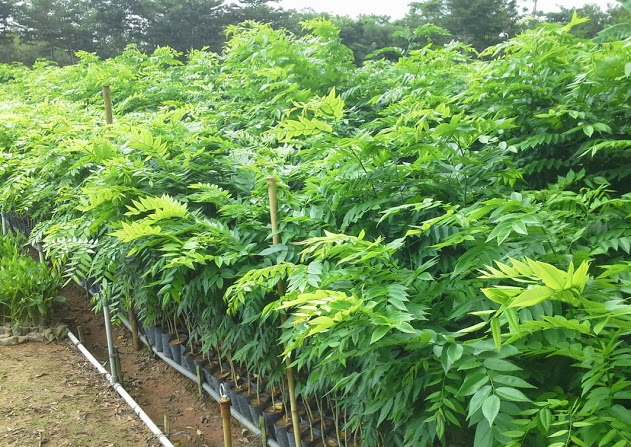
Vietnamese rosewood tree.
The Story of Đồng Chùa Village
In 1994, a villager from Đồng Chùa (formerly in Vĩnh Phúc) brought back a few seedlings and planted them on the barren rocky land. While the trees thrived, their true value remained unknown until Chinese traders started buying them in 2004. One of the trees in the villager’s garden was sold for 15 million VND—enough to purchase two road-facing plots of land.
This pivotal moment sparked a movement, and soon, the entire village began cultivating Vietnamese rosewood. By 2018, some households sold 15-year-old trees for 310 million VND, with prices reaching 230 million VND for a single tree.
Recognizing the long-term potential, businesses like the Truong Thanh Wood Group Joint Stock Company allocated a portion of their 20-million-USD forest plantation project to large-scale cultivation of this rare tree species. With a vision for the future, they plan to harvest the trees only after more than 50 years, as a “gift for future generations.”
Conserving a Precious Genetic Resource
Beyond its economic significance, cultivating Vietnamese rosewood holds great importance for conservation and the environment. Expanding the planting area helps preserve this rare genetic resource, restore forests, and increase green cover. When locals benefit from legally sourced Vietnamese rosewood, they are incentivized to protect the forests and refrain from illegal logging and exploitation.
Vietnamese rosewood also carries cultural and spiritual value. Long considered a sacred wood, it is used in religious structures, forging a connection between people, forests, and nature.
Experts advise that to successfully grow Vietnamese rosewood, farmers should choose the right planting season. In northern Vietnam, the best time is from February to April; in the North Central region, from September to November; in the Central Coast region, from November to January; and in the Central Highlands and Southeast regions, from June to September.
Vietnamese rosewood trees are typically spaced 2–3 meters apart and can be intercropped with other industrial crops to maximize land use. After 4–5 years, the wood begins to form a yellow core, which darkens over time. The most valuable phase is considered to be after 15 years, when the core turns a deep golden hue. However, harvesting can begin as early as 8–10 years, with wood prices ranging from several million VND per kilogram.
The Two ‘Living Treasures’ Beneath Vietnam’s Seas: A Plea for Their Protection
For the first time, an in-depth survey along the coastal and estuarine areas of Southeast Vietnam has led to the discovery of two new species of snake eels (family Ophichthidae), adding to our knowledge of Vietnam’s rich marine biodiversity. This groundbreaking finding expands our understanding of the region’s unique aquatic life and underscores the importance of exploring and documenting these fragile ecosystems.
The Wild Forest Weed’s Journey to Becoming a “Gold Mine” for the “Crazy” Young Man
For over a decade, Mr. Nguyen Ngoc Quynh has successfully transplanted 3,000 golden tea trees, cultivating them across 2 hectares of land. From these precious tea trees, he has crafted a local specialty product – a unique offering that has earned a price tag of millions of dong per kilogram.







